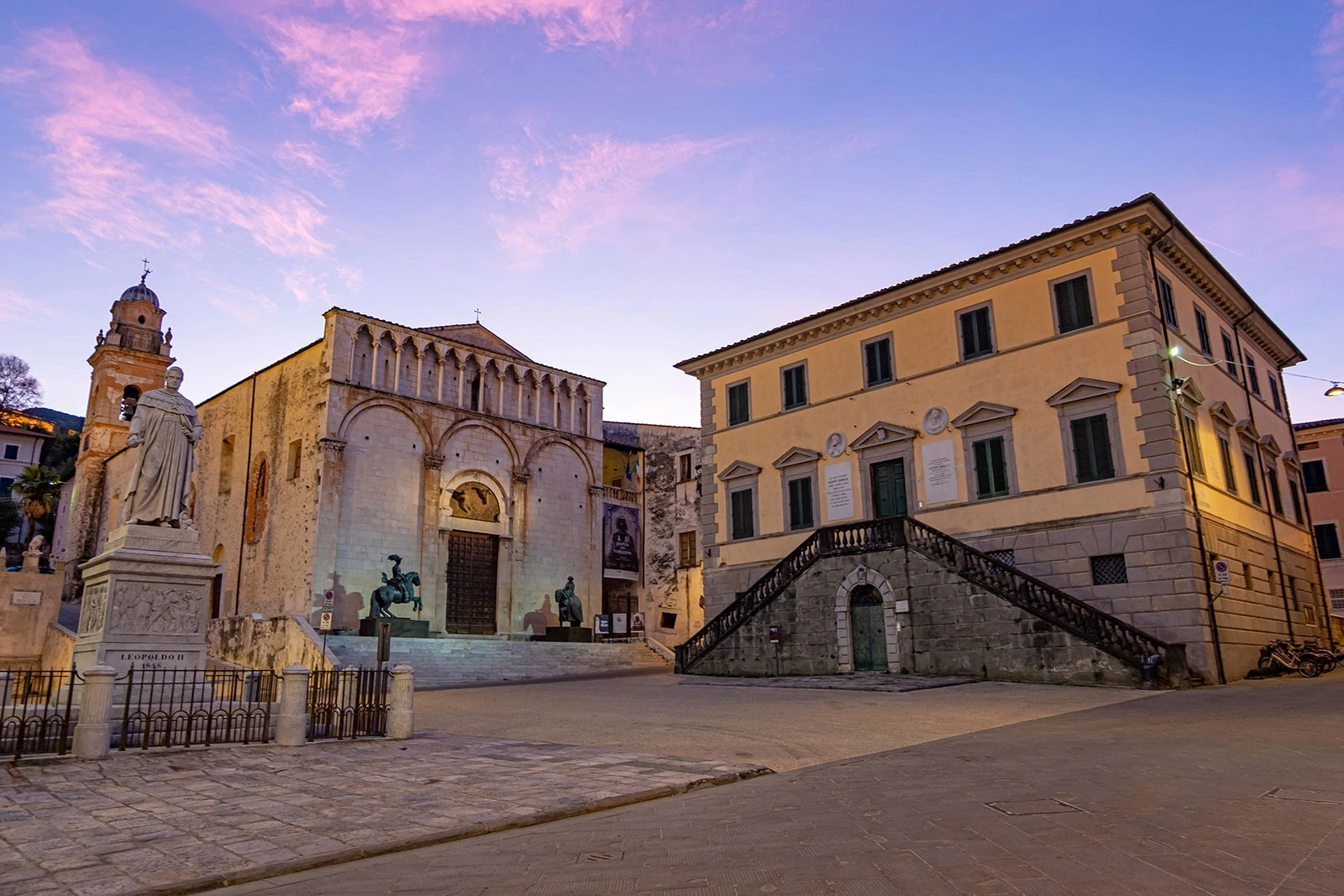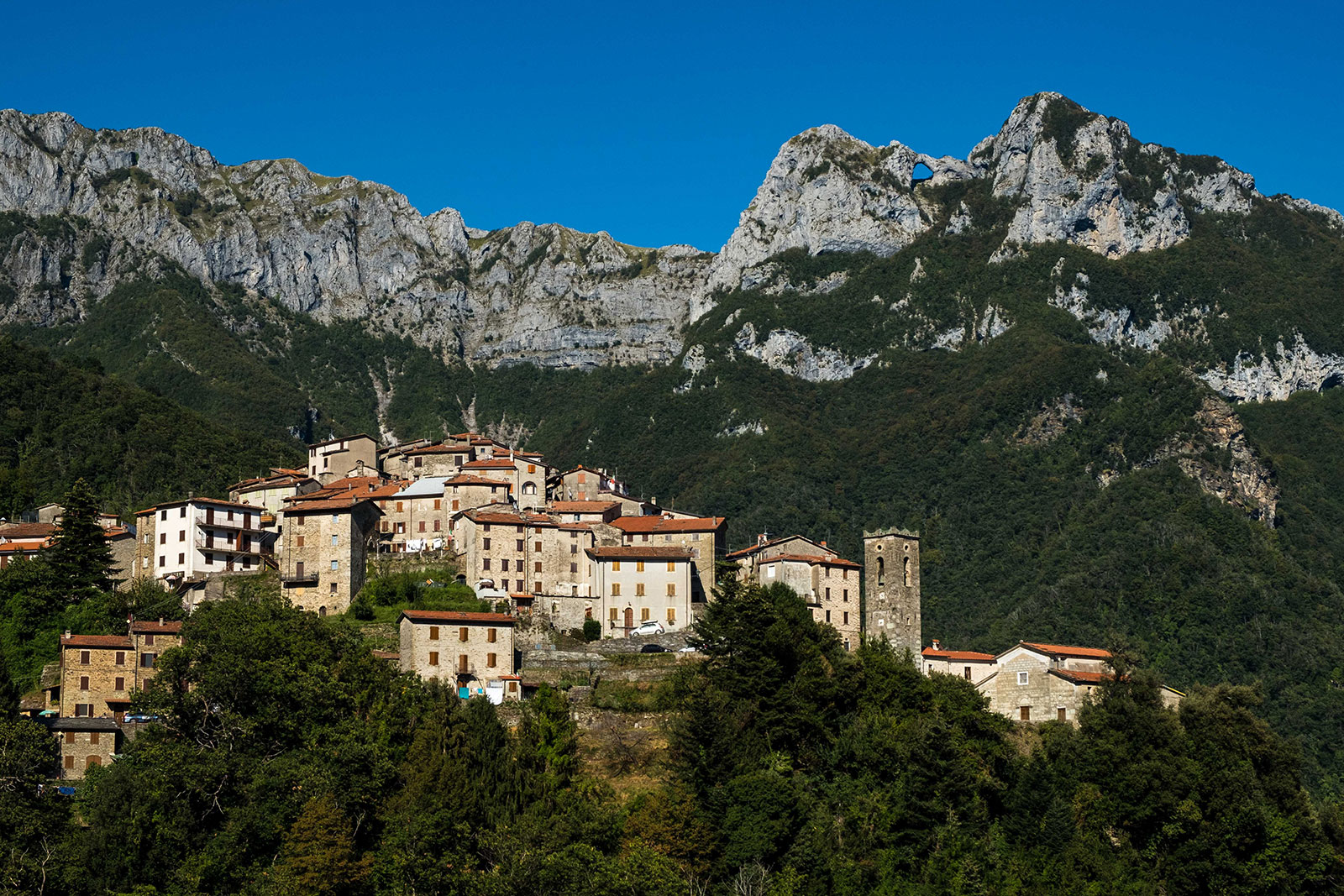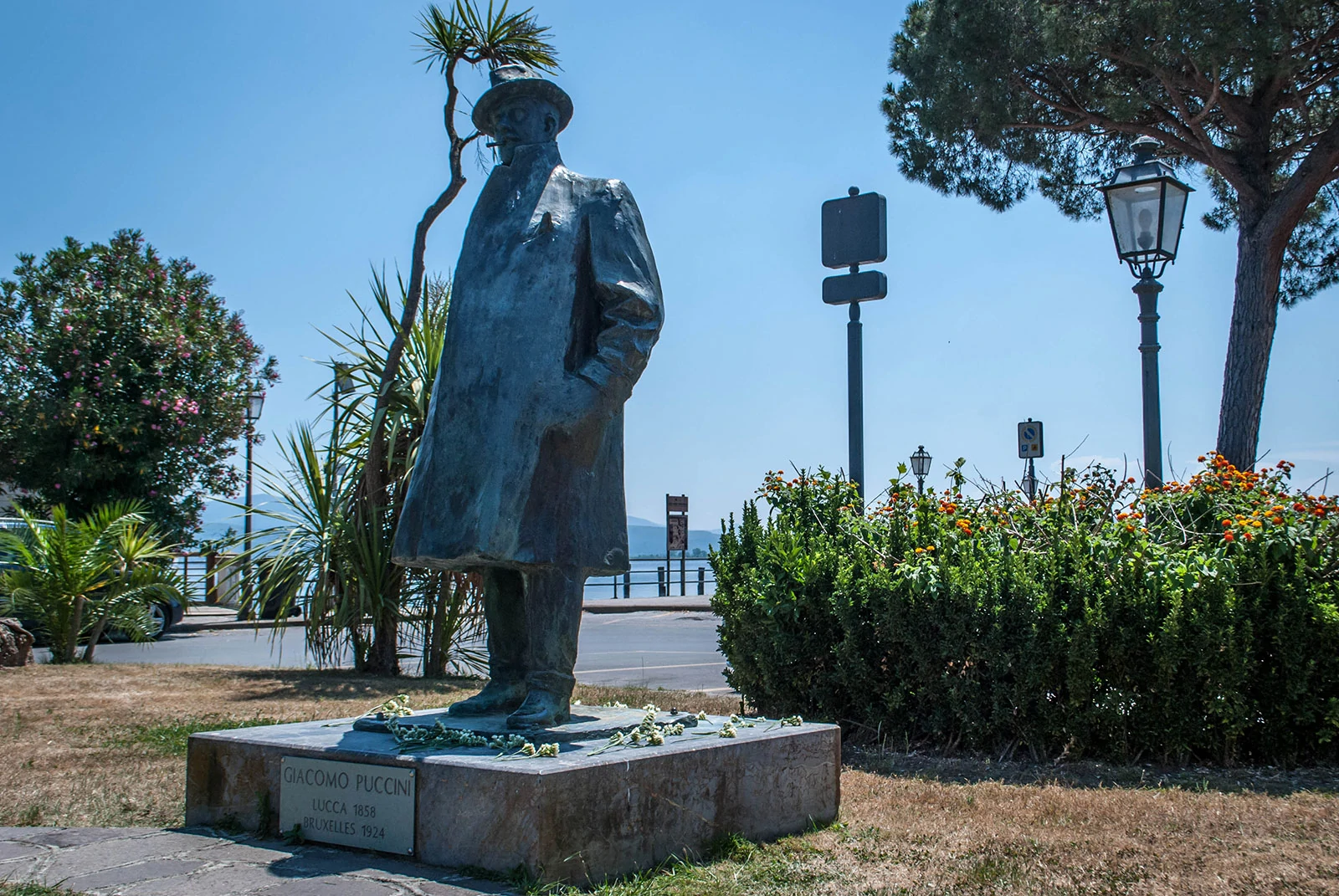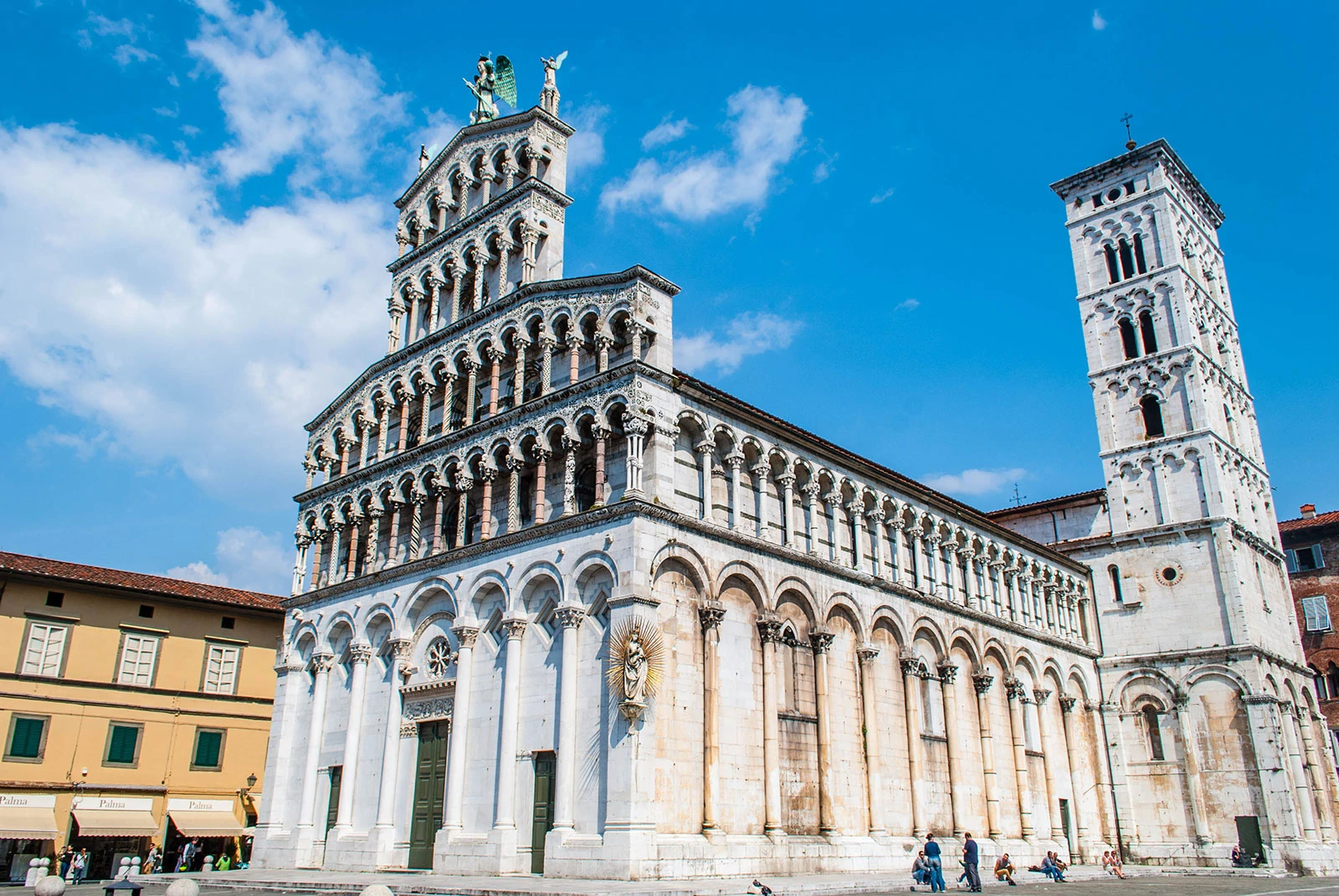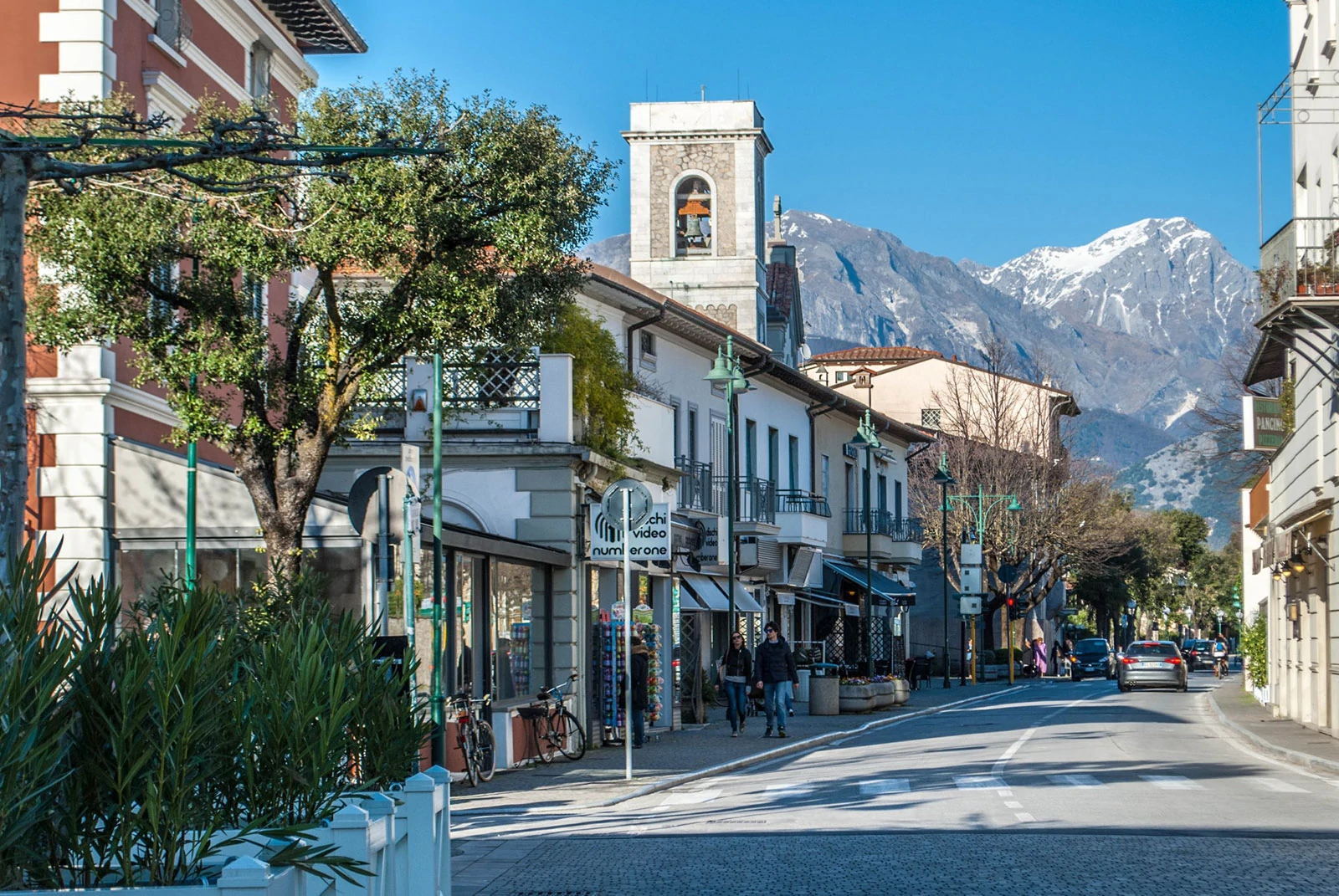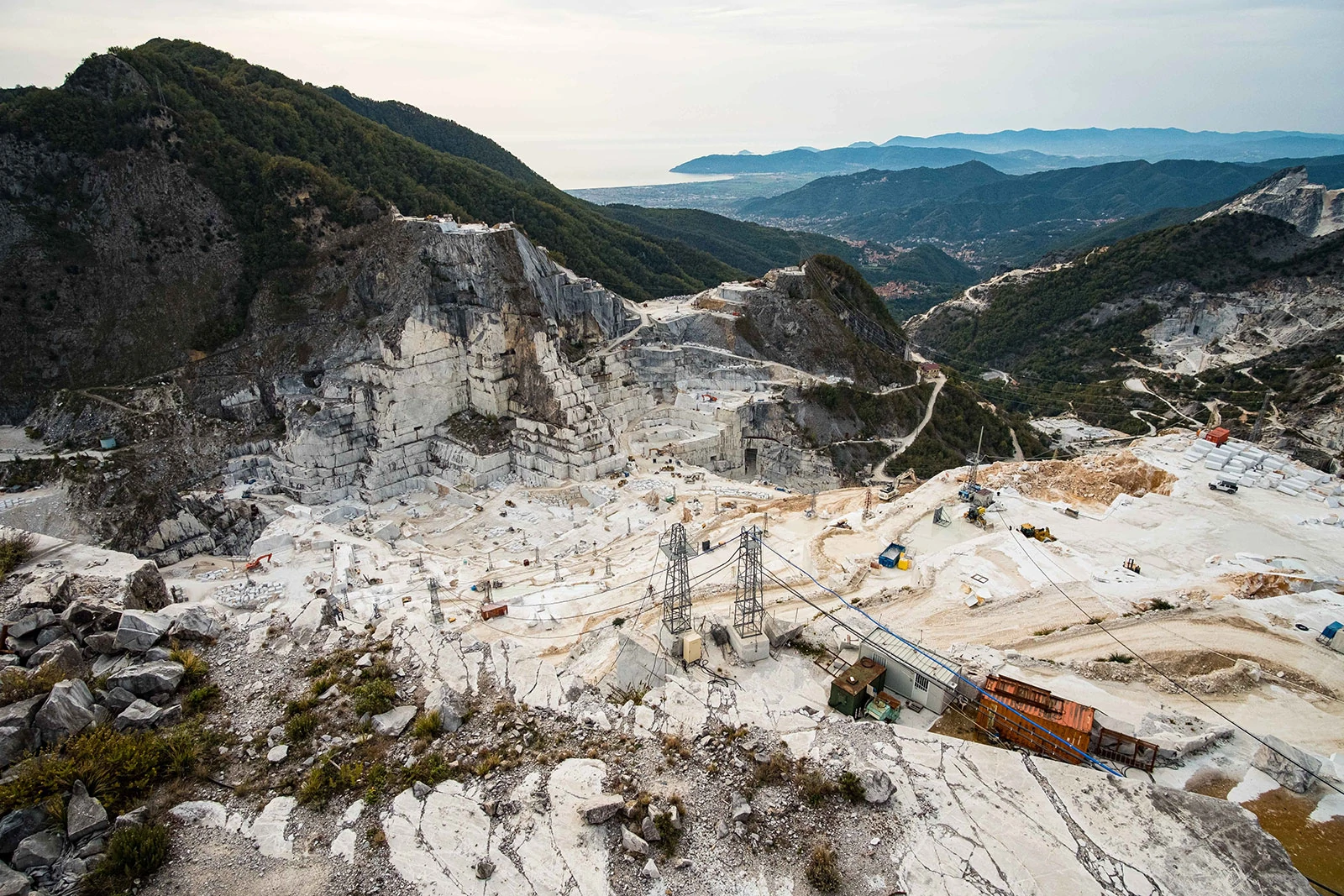LOCATIONS
Pisa
LOCATIONS
Hotel near Pisa
Pisa, the city of the “Leaning Tower” and of Galileo Galilei, is the ideal destination for a journey to discover the Italian artistic and cultural wonders. Pisa is not only the beautiful Piazza del Duomo that gathers, in a unique architectural complex unique in the world, Campo dei Miracoli, where the main religious monuments of the city are located: the Tower, the Duomo, the Baptistery and the Campo Santo, just move a little further to discover the artistic wonders that make it one of the most beautiful art cities in Italy. Buildings, monuments, and museums contribute keeping alive the memory of a past in which Pisa was a maritime republic and, for a long time, the undisputed master of the Mediterranean. Moreover, keeping still firmly the title of Queen of Studies for its University, Pisa is an extremely young, dynamic and lively city.
What to see
Besides being famous for Piazza dei Miracoli, Pisa is also known for its spectacular riversides that host important buildings dating back to the Middle Ages. Although palaces, bridges, towers, and churches today take on a Renaissance appearance, many of these buildings were built in the Middle Ages, the most well-known Lungarno is the Medici one which houses the major historical buildings of the city, such as the Palazzo dei Medici, Palazzo Toscanelli and the Church of San Matteo.
One of the historical treasures of the city is Piazza dei Cavalieri which takes its name from the presence, from the headquarters of the Order of the Knights of Santo Stefano. For centuries it has been the place of civic civil power, even if today it is above all a cultural and study place with the presence of the Normal School of Pisa, housed in the Palazzo della Carovana, an extraordinary example of Renaissance architecture designed by Giorgio Vasari who did it embellish with allegorical figures and zodiac signs. Next to it is the equally beautiful Palazzo dell’Orologio.
The last but inevitable area to visit is the “street Borgo” is the most characteristic street in the center, with arcades, shops, coffee tables. Along the way cross buildings from the 14th and 15th centuries that formed the nucleus of ancient Pisa: here the families of nobles and merchants competed to build the most beautiful, tall, colorful building. Much can still be glimpsed of all that splendor today. Narrow hamlet and Borgo largo in Pisa
Via Delle Colonne leads to Piazza delle Vettovaglie, a centuries-old food market place, originally Piazza de ’Porci. Once the arcades of Borgo Stretto are finished, you arrive in Piazza del Pozzetto (Borgo Largo) but first stop to see the wooden tabernacle with a copy of the Madonna of the Carmen by Nino Pisano.
How to visit it
Pisa is a city to visit on foot and by local transport as the orange buses.
How to get there
You can reach Pisa in 30 minutes by car, bus or train from Pietrasanta. Both the bus and the railway station are just outside the historical center and they are easily reachable in a few minutes on foot from the Hotel. If you decide to go by train the best stop is Pisa San Rossore, closer to The Square of Miracles. If you choose to go by bus, the terminal will take you to Piazza S. Antonio, near the Central Rail Station.
When to Visit It
Pisa can be visited at any time of the year, perhaps it is better to avoid the coldest and wettest months between November and February, while the best time for a trip to Pisa is spring and summer, but pay attention to the hot temperature of August. The month of June is mainly indicated given the multitude of historical and cultural events linked to the city.
Eventi
Pisa is famous for its exhibitions that take place in historical places such as Palazzo Blu and Palazzo Lanfranchi both on the Lungarno. However, the town is famous for the “June Pisano” a series of events related to the patron saint of the city San Ranieri. Known and eagerly awaited not only by the inhabitants of the city of the Leaning Tower, but also by tourists and citizens of neighboring towns who come to Pisa every year to attend or attend the famous events among these, the most awaited are the Luminara di San Ranieri, the Regata and the famous “Gioco del Ponte”.
THE LUMINARIA On June 16th, the eve of the patron saint’s day, after sunset, the city lights up with over 70,000 candles and candles placed on the cornices and windows of the buildings along the Arno river. These, reflecting on the calm stream, give life to a truly impressive spectacle of light and color. While not exactly in the central Piazza dei Miracoli also lights up with truly unique light effects.
THE REGATA
On the afternoon of June 17, instead, the patron saint celebrations move along the Arno, where the four districts of the city perform a sporting challenge with oars, in honor of the ancient nautical tradition of the city. However it is not only a nautical challenge, in fact, the victory is not determined by the first ship that docks but rather, once docked, a crew member must climb up a pole and take a flag with the color of his ward.
THE GAME OF THE BRIDGE
Another event deeply rooted in the local tradition, which usually takes place on the last Saturday of June is the “Gioco del Ponte”, the event where the game takes place is the Ponte di Mezzo. Here, the districts of the city divided into two teams battle for each other by pushing a trolley mounted on special tracks towards the opposite side. The challenge is experienced in a very agonistic way by the whole city, both by those who actively participate in the competition, and by those who only attend them, also because, despite being held over a single evening, the preparations involve everyone, nobody or few excluded, and last about the entire year.
The challenge, in fact, is preceded by a parade in historical costumes composed of over 700 participants, dressed in typical 16th-century Spanish clothes.
La sfida, infatti, viene preceduta da una sfilata in costumi storici composta da oltre 700 figuranti, vestiti con abiti tipici del 16° secolo spagnolo.

